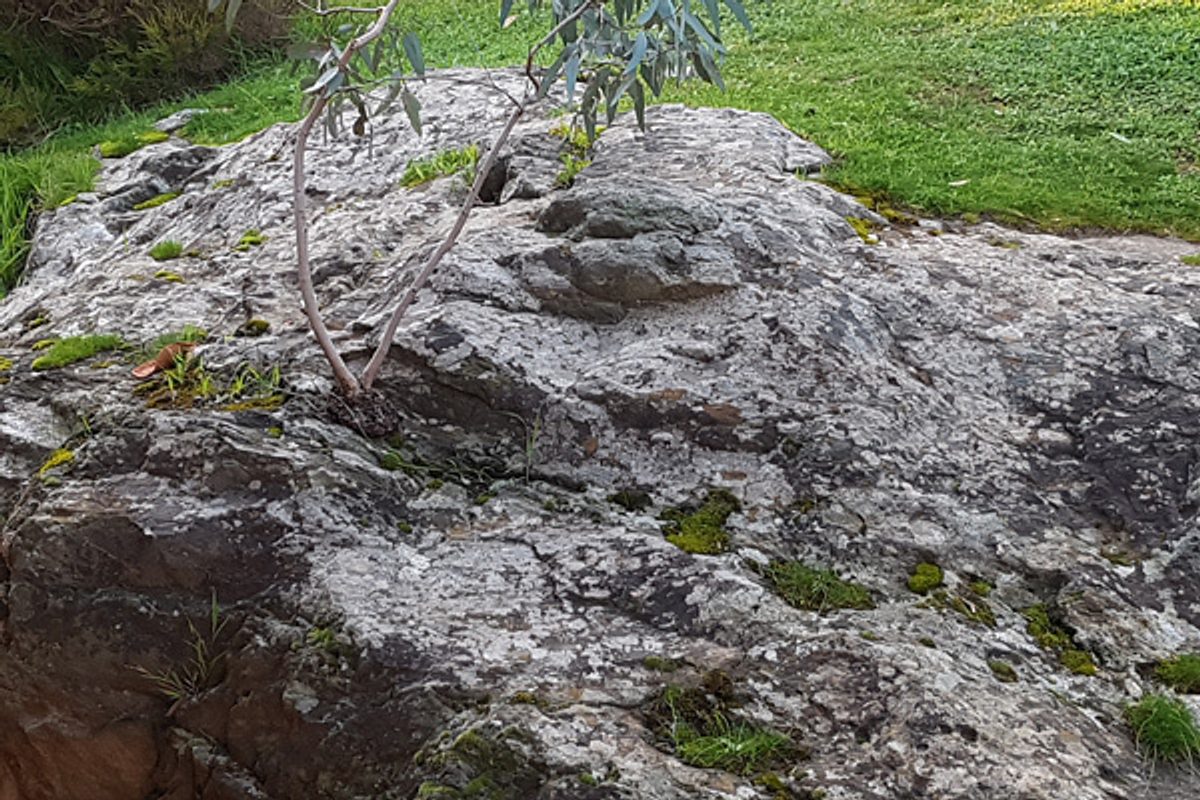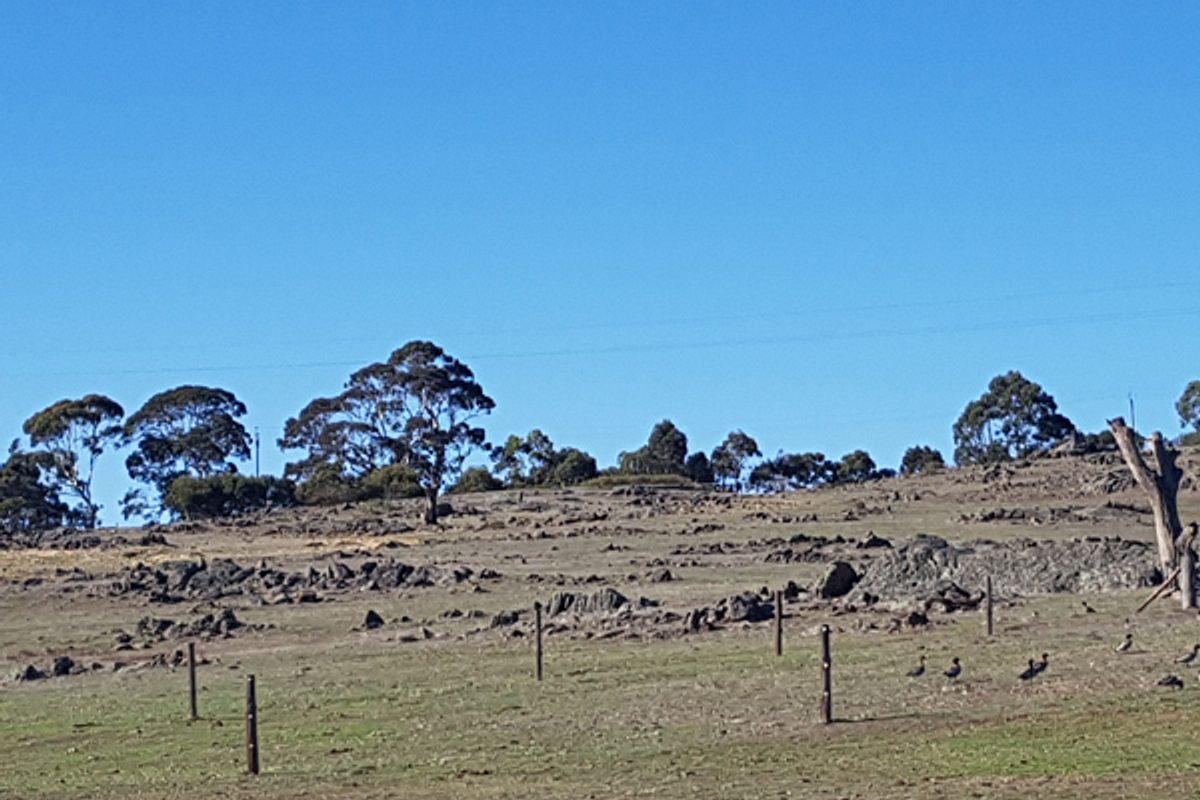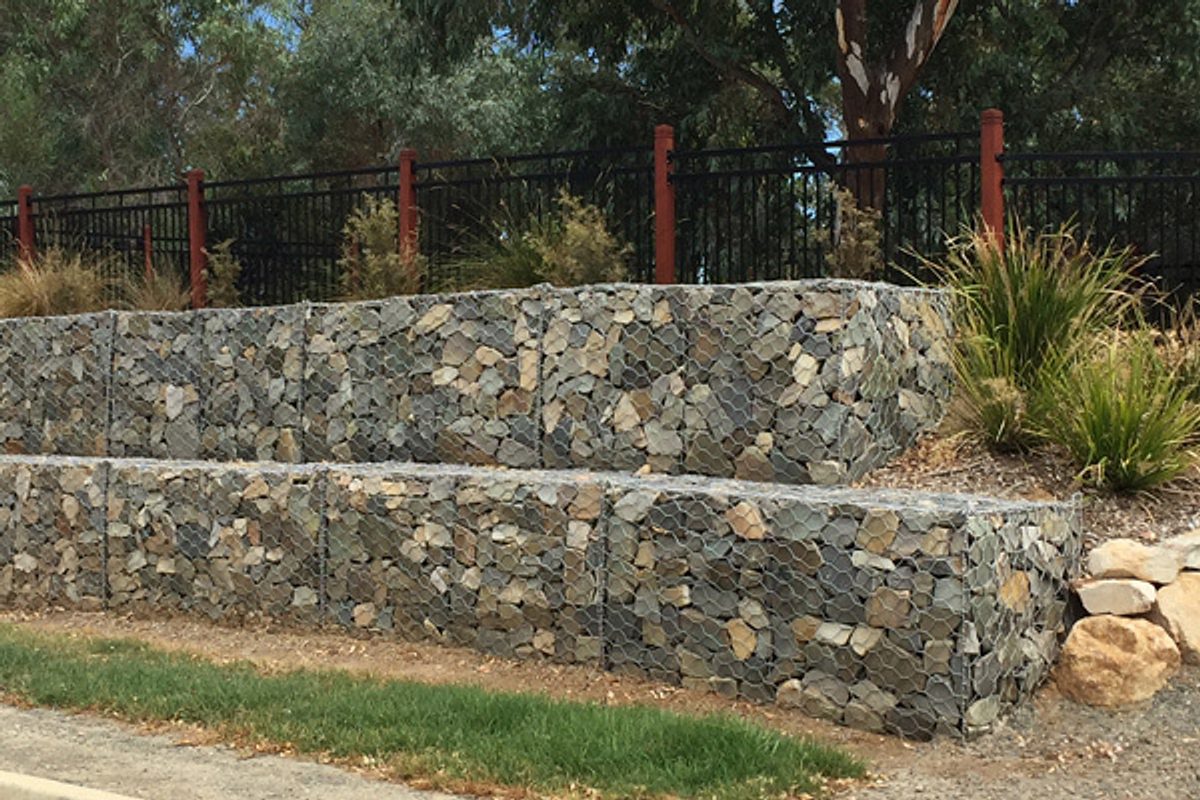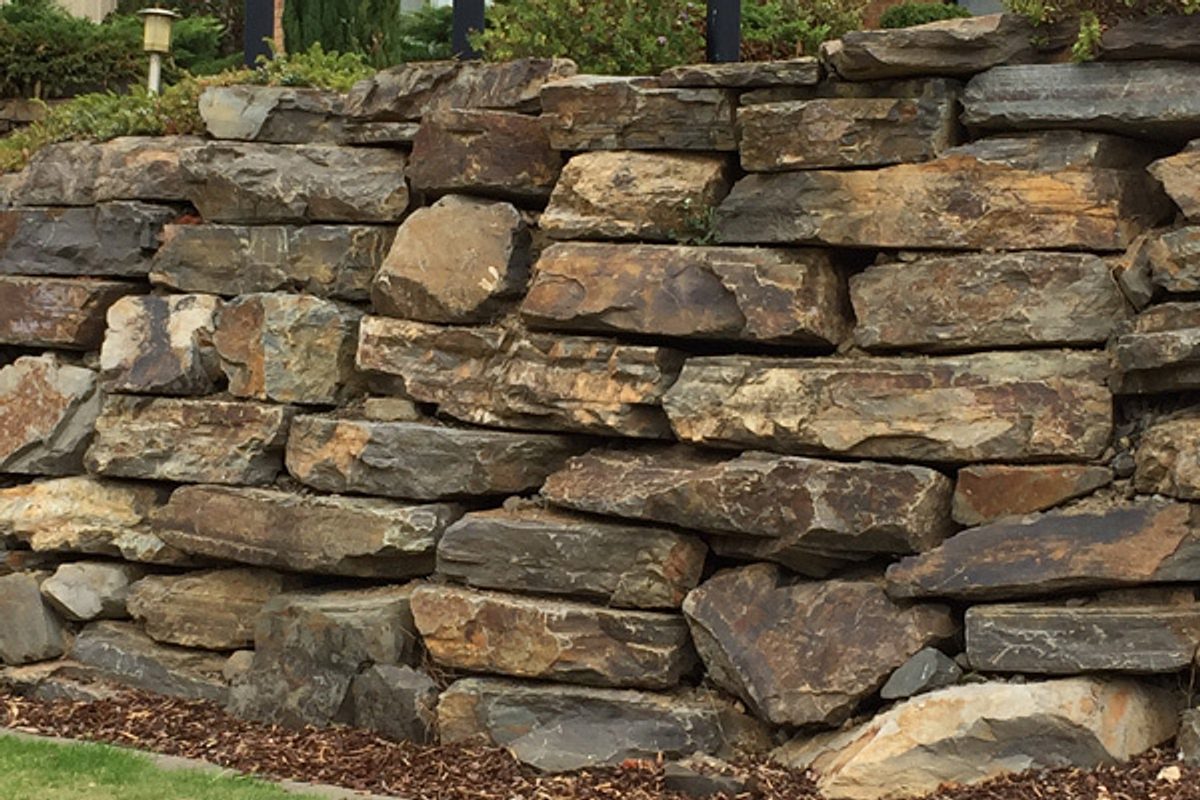Moss Rocks

Moss rocks are home to many native plants and animals that rely on rocky habitats. The nooks and crannies amongst these beautiful rocks provide shelter from predators, fire and other weather extremes. Their mossy platforms are a safe haven for skinks and other small animals to lay their eggs or give birth.
What are moss rocks?
A moss rock is any rock which is all or partly above ground level in a natural landscape. They often have mosses and lichens growing on the exposed face, hence the name moss rock. Not all rocks have something growing on them as they may have formed underneath other rocks.
Their weather-worn look and rounded edges distinguishes them from ‘quarry rock’ unearthed in mines or quarries.
Who lives amongst the moss rocks?
Reptiles and amphibians
Many reptiles such as geckoes, dragons, snakes, and skinks find shelter and protection in moss rock crevices. Crevices are likely to have supported some families of colonial lizards, such as tree skink, for hundreds of years. The varying width of crevices means that moss rock landscapes can provide a home for reptiles of various sizes and ages.
Many reptile species rely on the subtle thermal differences of the rocks to regulate their temperature throughout the day and seasons.
Some also specialise in burrowing beneath moss rocks, using the rock to protect the burrow entrance from being trampled or easily accessed by predators.
Similarly, frogs use moss rocks to shelter from predators and to avoid drying out in what otherwise may seem to be a dry inhospitable landscape for frogs.

Invertebrates
Many invertebrates live within the rock moss crevices. Bizarre looking spiders have adapted to crevice life with flattened bodies that enable them to shelter in the thinnest of spaces. Many ant species also shelter their industrious colonies under rocks or within crevices. These ant nests (and their eggs) are often targeted as a food source by echidnas and some reptile species.
Birds
Rocky outcrops are used as perching and lookout spots by many threatened woodland bird species, such as diamond fire-tails, hooded robins and restless flycatchers. From these rocky vantage points they can better observe their surroundings to forage for seeds and insects.
Flora
These rocky niches create diverse microclimates that are critical for many flora species. Plants such as rock ferns only grow on the shady edges of rocks. Without this rocky cover, native plants can be exposed to grazing and trampling by stock, rabbits and native herbivores like kangaroos. Shady nooks and other sheltered microhabitats also improve the germination of native seed.
Nationally threatened ecological communities, including peppermint box grassy woodlands, commonly occur in moss rock landscapes.

Impacts of moss rock removal
In South Australia moss rocks are a feature of rocky terrain, but are most commonly found in the Mount Lofty Ranges, Flinders Ranges and Murraylands.
Moss rocks are gathered from natural areas (often paddocks and gullies on private property). They are used in landscaping and gardening to build retaining walls and rock features, and to re-create natural areas. New housing estates, especially those on steep land, will often use locally sourced moss rocks in landscape design.
Removing moss rocks from natural landscapes damages critical habitat, native vegetation, water flows, and other natural resources. Removal of moss rocks can cause:
- disturbance and destruction of native vegetation that binds soil around the rocks
- significant soil erosion from the use of heavy earth moving equipment on highly erodible landscapes
- altered water flows over hill slopes and concentrated flows across exposed soil
- degradation of waterways due to increased erosion, silt build-up, and changing the speed and flow of water, and
- damage to creek banks, creek lines, gullies and other watercourses that were lined with moss rocks.
Moss rock removal also has the potential to damage sites, objects or remains of Aboriginal Heritage significance.
Great alternatives to moss rocks for your garden

You can help to protect native flora and fauna that rely on rocky habitat by choosing nature-friendly moss rock alternatives.
Garden landscaping with quarry rocks (or artificial rocks) creates natural structure without removing important habitat.
Concrete, timber, brick, stone veneer and gabion baskets are great alternatives for retaining walls. The gaps between gabion rocks, for example, create crevices that skinks and other small wildlife can use. Or, for a distinctive and durable alternative to moss rocks, you could use nature-friendly reconstituted limestone blocks.
